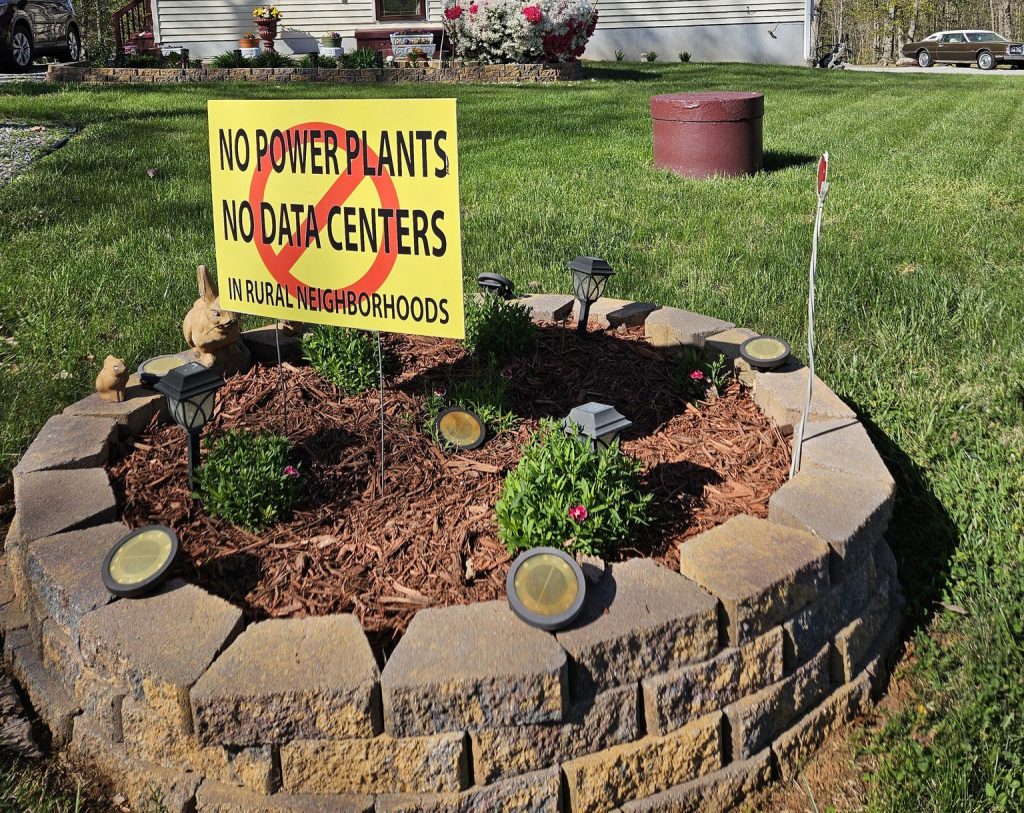Investing in Our Landscape and our Future
One hundred years after Katherine Lee Bates first put her poem “America the Beautiful” to music, the beauty of our nation’s landscape remains a source of artistic inspiration and national pride. We can be thankful that visionary leaders such as Teddy Roosevelt had the wisdom to set aside public lands to preserve a natural legacy, thus protecting at least some of our “purple mountains majesty” in perpetuity. But in this modern era of urban sprawl, globalization and industrial agriculture, we will need to find new tools and a new vision to ensure that the equally important and beautiful “fruited plain” is not lost entirely to the onslaught of asphalt, concrete, and other unsustainable industrial uses. And while environmentalists and industry wrangle over the fate of our nation’s public forests, there is plenty of evidence that our nation’s privately owned family farms and forests are in trouble.
From 1982 to 2001, the amount of cropland, rangeland, and pastureland in the U.S. all decreased each year. Developed land, however, increased in acreage from 72.8 million in 1982 to 106.3 million in 2001 — a nearly 46 percent increase. This development is permanent. Of course, the buildings may be torn down and parking lots may be taken out, but it is nearly impossible to return developed land to anything approximating its natural state. All the projections are for development to continue throughout the country at an alarming rate and at the expense of the family farms and forests that make our nation so unique and beautiful. In addition, as we lose farm and forest land, there is increased pressure on the land that remains to produce more crops and timber.
Fortunately, tools are increasingly becoming available to slow this loss of open land, and conservation easements are one of the most successful of these. Easements allow landowners to maintain ownership of their land, while placing permanent stipulations on what type of management and development can occur on the land.
These stipulations last in perpetuity, allowing the land to avoid development and remain as open space far into the future, even as ownership changes.
But easements are more than a tool for keeping America beautiful; they are increasingly a tool that allows families to hold on to their inherited farms and forests when they can no longer compete economically in a global marketplace. These family lands are threatened with being taxed at a level on par with developed land, forcing landowners to sell and lose their private land and heritage, with associated losses of important wildlife habitat and other benefits to the local community. Easements can relieve this financial burden by providing tax breaks on property, income and inheritance, as well as cash payments from local, state and federal government in particular circumstances. Often, such incentives are just what is needed to keep family farms and forests in family hands.
Because easements are voluntary partnerships between a landowner and a local or regional land trust, decisions about what land should be conserved are made locally, to the best advantage of the landowner and the community. Easements are flexible, allowing for active management of the land for agriculture, hunting, or timber harvesting. And while a few with a vested interest in exploiting the landscape are increasingly trying to scare landowners with talk about easements as sinister infringements on property rights, easements are actually an excellent means of protecting property rights, enabling families to maintain their open space and use it as they see fit.
Landowners who are near to giving up on maintaining their family farms and forests should talk to their local land trust to see whether a conservation easement can provide just the financial break they need to keep ownership of their irreplaceable family land.
Related Articles
Latest News

Leave a comment
Your email address will not be published. Required fields are marked *




